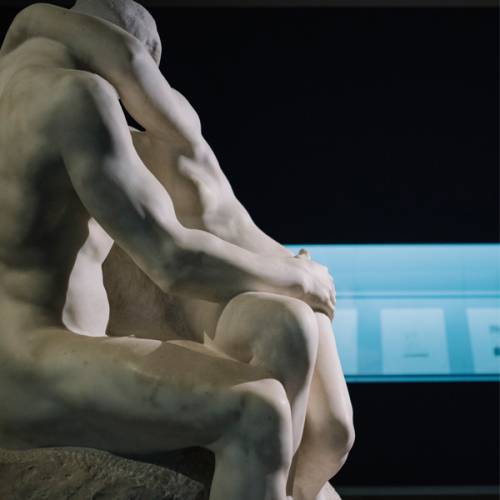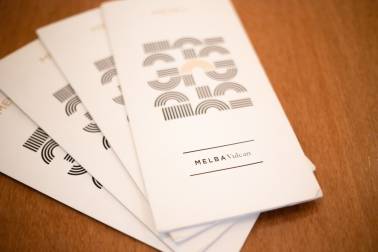
With over 100 works on display, The Body Laid Bare: Masterpieces from Tate exhibition at Auckland Art Gallery offers a whole world of art to explore.
From history paintings of the 1800s to the body politics of contemporary art, the exhibition brings together masterpieces by renowned artists including JMW Turner, Auguste Rodin, Pierre Bonnard, Pablo Picasso, Henri Matisse, Louise Bourgeois, Cindy Sherman, Sarah Lucas and many more.
The artworks themselves often have fascinating background stories too. Below we're uncovering five of those behind some of the key pieces within the exhibition.
Alberto Giacometti - Walking Woman I
The sculpture Walking Woman I by Surrealist artist Alberto Giacometti was first presented in plaster and in a form similar to the bronze now on display at Auckland Art Gallery. But Giacometti made radical alterations, adding outstretched arms ending in feathers and flowers, as well as a head in the form of the neck and head of a cello. In 1936, the plaster was sent for exhibition in London where arrived it arrived with arms, but no head, and where Giacometti made further alterations, cutting off the arms to produce the shape shown today. While the bronze sculpture is currently on display in Auckland, the plaster can be seen at London’s Tate Modern where the UK’s first major retrospective of Alberto Giacometti for 20 years is on show until September.
John Everett Millais - The Knight Errant
Recent X-ray imaging of the Victorian oil painting The Knight Errant by John Everett Millais reveals that the head and torso of the female figure were originally turned towards the Knight – shockingly, for the time, establishing eye contact. Many poor reviews, and the fact that the painting didn’t sell, compelled Millais to cut the head and chest of the female figure from his canvas and re-work them to show the woman turning more modestly away.
Walter Sickert - La Hollandaise
British Impressionist artist Walter Sickert, whose painting La Hollandaise is shown within The Body Laid Bare: Masterpieces from Tate, took a keen interest in the crimes of Jack the Ripper, and believed he had lodged in a room used by the infamous serial killer (he had been told this by his landlady, who suspected a previous lodger). Some researchers today, including crime novelist Patricia Cornwell, suspect that Sickert himself was the Ripper. His painting La Hollandaise features rough brush marks that make the painting appear fragmented and the woman’s face grimly featureless.
JMW Turner - Nude Sketches
Known as “the painter of light” JMW Turner is considered one of the great masters of British watercolour. When he died and bequeathed more than 30,000 artworks to Britain, most of which are now with Tate, a number of nude sketches emerged. One of his greatest supporters, Victorian art critic John Ruskin, was allegedly so appalled by the discovery that he supervised a bonfire of the worst of them. Whether or not the blaze really happened, a number of these secret erotic sketches survived and are on display in The Body Laid Bare.
Auguste Rodin - The Kiss
In 1914, Rodin’s larger-than-life sculpture The Kiss was put on public display in the Lewes Town Hall, East Sussex, for its first public showing. Quickly it became the subject of a moral crusade as local puritans were anxious that The Kiss might dissolve the sexual restraint of WW1 troops stationed nearby. As a result, the puritans draped the sculpture in a sheet for two years to hide it from view.
Images Shown Above (From Left to Right):
Auguste Rodin The Kiss (The Body Laid Bare: Masterpieces from Tate installation view, 2017)
Photography David St George. Courtesy Auckland Art Gallery.
John Everett Millais The Knight Errant (The Body Laid Bare: Masterpieces from Tate installation view, 2017)
Photography David St George. Courtesy Auckland Art Gallery.
Walter Sickert La Hollandaise (The Body Laid Bare: Masterpieces from Tate installation view, 2017)
Photography David St George. Courtesy Auckland Art Gallery.



